Listen to this audio.
You don’t need me to tell you that this is the sound of an electric guitar playing through a guitar amp (speaker). You would believe me if I told you this was what you were hearing.
***********
*******
***
But what about the space that this happening in? And what does the sonic event of this speaker-movement sound like in that space? I can show you.
…And you would believe me that this is the space in which this event is taking place.
***********
*******
***
Humans are pretty good at using our ears/brain to evaluate a sound and judge the space in which that sound is occurring. We never had to do this much until about 100 years ago, because until we had technology to record/transmit and playback sound as audio, the only way to hear a sound was to be physically present where the sound was being generated. So baring blindness or blindfold, if you heard a sound, you did in fact have good direct knowledge of the space in which the sound was occurring. But we now have the technology to capture and reproduce sounds divorced from their origin in time and/or space. And we also have devised technologies to synthesize the sound of spaces. We can synthesize very good imitations of real physical spaces that we have experienced in the flesh. And we can also synthesize the effect of imaginary and unreal spaces.
Listen to the guitar performance again.
I have taken the close-mic’d guitar-audio you listened to initially and ‘placed it’ into a ‘church-space’ by processing it with a computer-reverb program. There is no actual physical space captured here, other than the 2-inches between the microphone and the speaker. But, if we suspend that knowledge, I think that we can all reasonably accept that yes it does in fact sound like the guitar-performance is taking place here:
Many generations of computer-programmers have labored for decades to create that sonic illusion, and they have done a pretty good job at it. Even the cheapest pieces of audio-hardware nowadays come with these digital-reverb programs built-in, and there are generally dozens of ‘spaces’ on offer, from Halls to Churches to Rooms etc. And most of the time, these reverb-programs are effectively able to convince us of the spaces that their names suggest.
But what about spring reverb? AKA., guitar-amp-reverb? AKA, the reverb knob on your old Fender (or whatever…) amp? Exactly what space is defined there?
Let’s take a listen. Here’s the same close-mic’d guitar performance you heard earlier; this time, though, I have turned on the reverb knob on the amp.
It’s evocative, right? But of what? And more importantly, of where? Our brain is telling us that the guitar is now in some sort of space. But what is that space? Well, literally, it’s the space and the springs inside this little 9-inch steel can in the back of the guitar amp.
But emotionally, we don’t feel like we’re hearing the sound of this little sardine can. Instead, the guitar-performance (and our imaginations) have been transported to some sort of mythic Rock-Legend-Space. How is this possible? Because we have heard this same goddamn accutronics-reverb-tank sound a million trillion times since were little kids. Because nearly every good-quality guitar amplifier made in this country or any other between the years 1965 and 2000 had one of these little mechanisms in it. Furthermore, we never heard the sound of this ‘space’ when we were walking down the street, or to the kitchen in the middle of the night to get a snack (crunchy carrots). We have heard this space a zillion times always and only in context of Rock and Roll. Either on record, on the radio, or in a club watching a band on an elevated stage. Through these millions of associations, the sound created by that little metal can has come to represent a sort-of Mount Olympus of Rock and Roll.
Or, if you like, the Hall Of Justice of Rock.
***************
**********
******
Have you ever read Rock Dreams by Peelaert and Cohn? It’s a collection of illustrations (with some explanatory text) that attempts to visualize the legends and myths that we associate with various Rock and Soul performers.
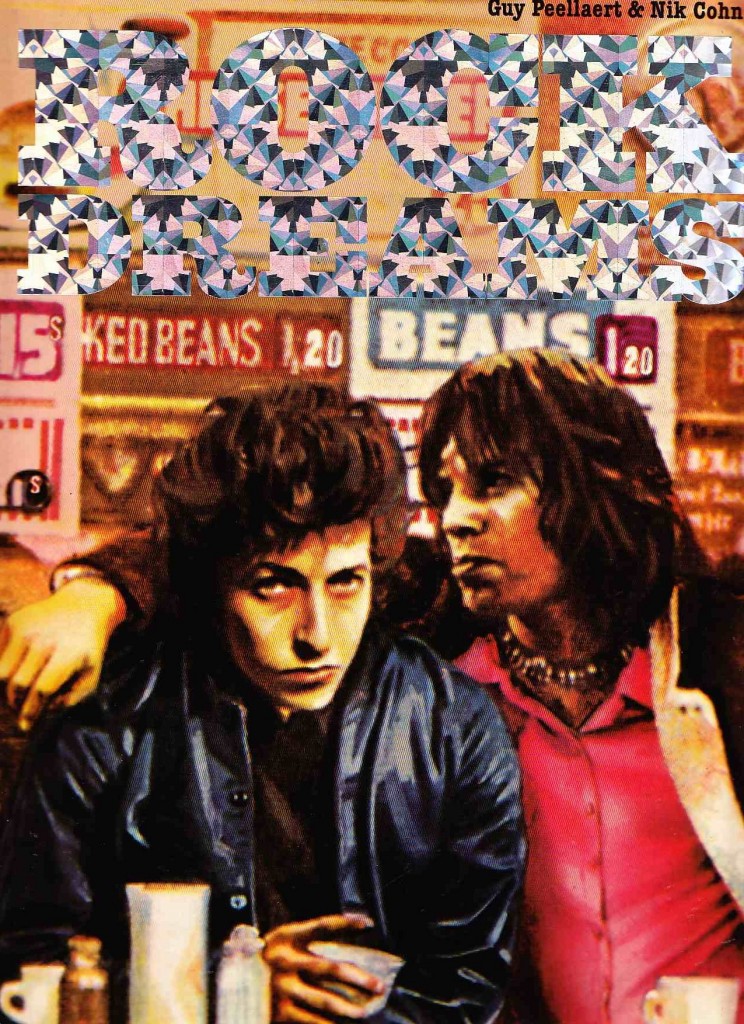

 All of the personages represented in the illustrations are real, actual people who were born, lived, and died (or will). But they have been placed in settings which are simultaneously unreal and yet totally expected. The scenes depicted in the images are not actual places where these people ever set foot. Instead they are spaces that we have created in our collective imaginations. And they are very fitting.
All of the personages represented in the illustrations are real, actual people who were born, lived, and died (or will). But they have been placed in settings which are simultaneously unreal and yet totally expected. The scenes depicted in the images are not actual places where these people ever set foot. Instead they are spaces that we have created in our collective imaginations. And they are very fitting.
I think the spring-reverb box in the guitar amp has come to define such a space. Not a space of inches and miles, walls and ceilings, tiles and columns; but an imagined space where Rock and Roll lives; an imagined space that we all imagine with uncanny similarity.
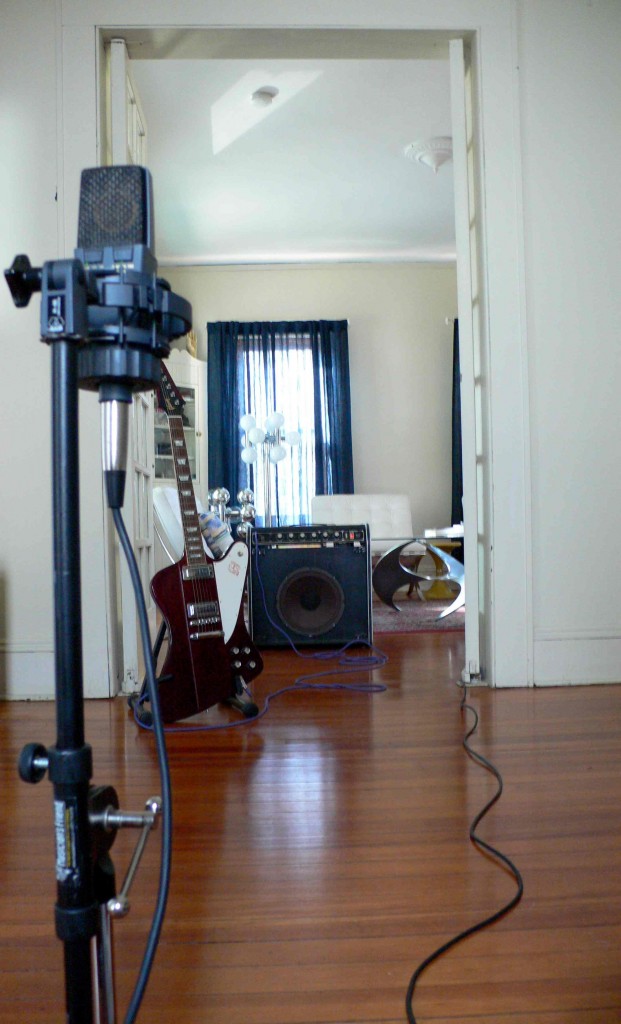

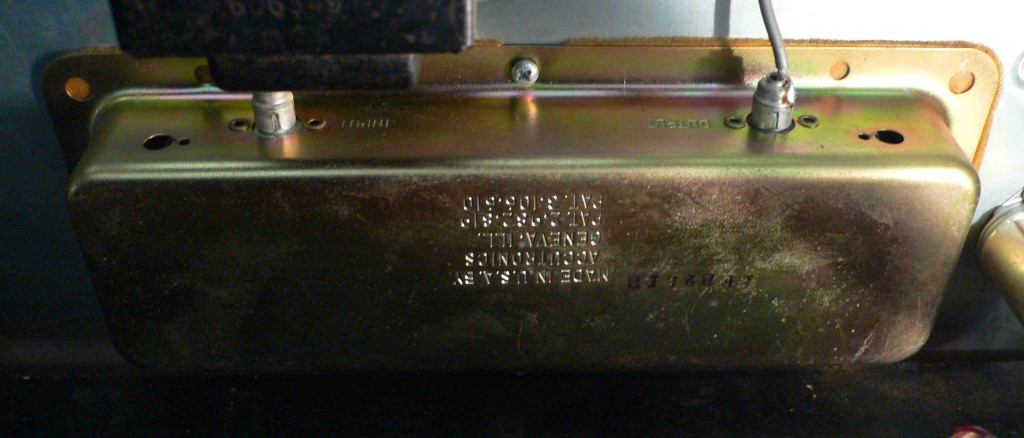
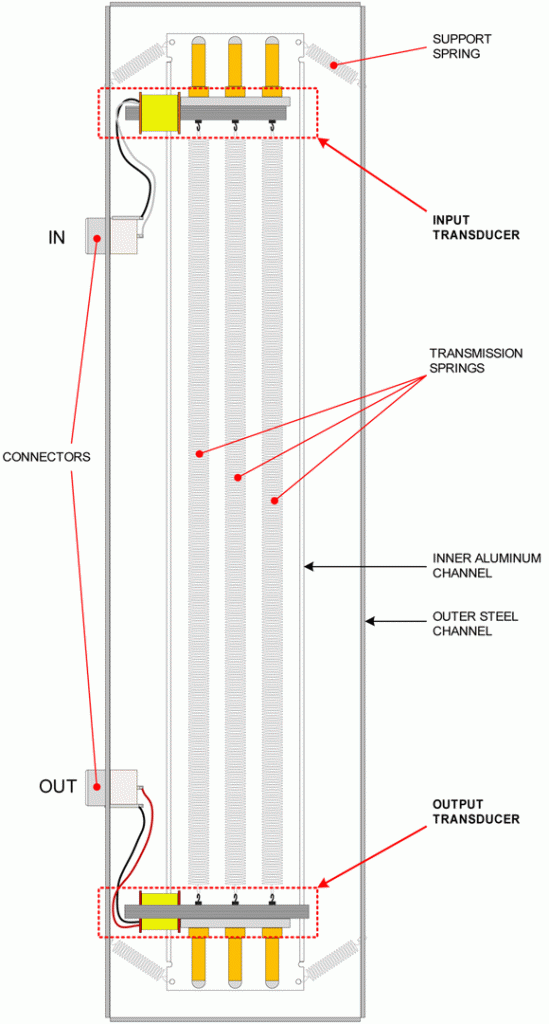

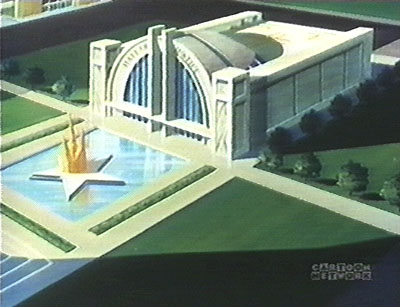
10 replies on “Spring Reverb Defines a Mythic Space Where The Legends of Rock Live”
Take’m to Verb Church!
You’re 100% correct. There is something essentially correct about the sound. Perhaps I feel that way because I liked the music that went through those echo plates. Anyway, I’ve heard some recent recordings using refurbed Altec amps/compressors, and I think the echo plate was a German unit (EMT?). Sounded spectacular, even on digital.
this is poetry 🙂 thank you.
and let’s not forget the trillion reggae/dub tracks that use it, usually on the drums
Thanks for this. You’ve dealt with this seldom addressed but important subject area very thoughtfully. Whilst I agree with your conclusion/explanation and appreciate the analogy with the images, I wonder how you would explain the initial affect of spring reverb when it was first devised. And more broadly. if fake reverb doesn’t necessarily represent its acoustic real-world counterpart, what does it reference and why is its affect apparently universal?
Hello Guthry. Reverb does not necessarily need to have a ‘reference’ in order for it to be an effective tool. If you need to drive in a nail, many things can make for a usable ‘tool’ even if they do not reference a hammer. In terms of musical (especially vocal) performance, reverb and echo, regardless of how they are devised, can accomplish many useful tasks, not the least of which is obscuring and thereby ameliorating deviations in pitch and/or timbre that listeners might find distracting. In less technical terms: reverb makes imperfect singing sound less imperfect.
Thanks Chris, another nice analogy and I take your point. But what I really meant was that if reverb doesn’t necessarily reference real reverberation, from where does it derive it’s emotive power to affect us?
hi
if i want to build a stereo spring reverb , do u guys think that i should get one 2 spring tank and one 3 spring tank , or one long and one short ? to get a wider sound ….or ?
thanks !
Bjorn
I would advise getting a pair of the same model tank. They are non-linear and inconsistent enough that the L/R spread signal should be plenty wide. IF not, make the post-delays slightly different (20 vs 21 ms). Good luck. c.
The EMT (yep, German) plate was a huge beast that provided a 2-dimensional stereo reverb. It sounded a lot better than a spring tank but was expensive, quite heavy, and you’d better have some steel wool and naval jelly around if you plan to maintain one. There was a second version (the 240) that had a gold foil plate and was more manageable. Developed in the late 50’s, it was an icon in the recording industry and I don’t think its sound was ever quite duplicated — digital plugins are available that simulate it, though. The grouping of the EMT 140, the 1176LN, the LA-2, and some decent mics pretty much defined vocal sound for over 40 years.
I played in rock bands in the 60’s and the defacto spring reverb unit was the Premier Reverb unit. Every band used it for vocals. It was $100 at the time and I could never afford one. My main band never used spring reverb consequently. Bogen amplifier heads were commonplace. Years later we all chipped in a bought a used Bell amplifier for vocals. The amp was on it’s last legs and didn’t last very long. But we finally had spring reverb. The unique thing about a mechanical spring is that it has no “limits” like digital “spring” reverb. To this day I cannot find anything as good as the premier reverb unit.